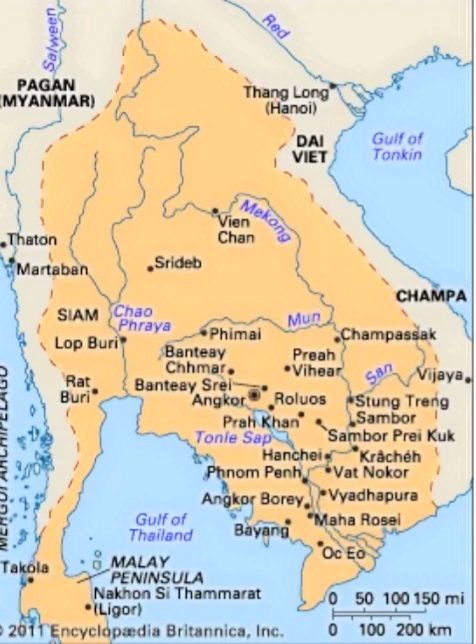
Myanmar historiography II is the study of Myanmar chronicles, history books about Myanmar, archives in Myanmar and inscriptions of Myanmar. It includes that chronicles of Myanmar are mainly about the kings and less information about general conditions of the kingdom but Myanmar possesses the largest number of historical stone inscriptions and most complete historical records in all of Southeast Asia. It can be studied that Myanmar chronicles were categorized ancient histories of kingdoms in very early time, histories of the rival kingdoms of the 14th to 16th centuries, and biographies of famous kings in history. It is aimed to impart chronicles writing of ancient time, to analyze facts and events in chronicles and to write Myanmar history with critical thinking and reliable sources.
- Teacher: Tr Hist 002

- Teacher: Tr Hist 002

Contemporary Southeast Asia is the study of struggle for independence, endeavor with varying degrees of success to set up government structures, democratization proceeded and modernization in Southeast Asian countries. It includes the new era of Southeast Asia started in the mid 1960s , emergence of unified middle class, formation of the Association of Southeast Asian Nations in 1967 and ASEAN became a major force for promoting regional trade and resolving security problems. This course aims to pass on historical knowledge of Southeast Asia, to understand what and how organized regional association and to study about ASEAN Community.
- Teacher: Tr Hist 002

Modern Middle East II is the study of beginning of modern Middle East after the collapse of Ottoman Empire, historical wars and events, the main conflicts in Middle East and why it is important in economic and political affairs. Middle East is strategic geographical position because of its tricontinental hub and vast petroleum production. Middle East is also important to Islam's, Christian's , and Jews and many political conflicts that give international significance of proportion to its size. The aims of this course are to know a common definition of Middle East by the mid of the 20th century, when and how the downfall of Ottoman Empire in early 20th century and the beginning of western influence in the region and to understand the impacts of western influence created today Middle East. After WWII, the USA and USSR involved in the Middle East affairs. The Arab-Israeli Wars and Yom Kippur War can be studied in this course.
- Teacher: Tr Hist 002

 International Relations since 1945 is the study of the relations of states with each other and with international organizations and certain groups. The topics include the relationships between international affairs after the Second World War and the Cold War. It is aimed to explore international Relations from the end of the Second World War to the climax of the Cold War, how the two superpowers formed power blocs and what they attempted to check and balance each side of the Capitalism and Communism.
International Relations since 1945 is the study of the relations of states with each other and with international organizations and certain groups. The topics include the relationships between international affairs after the Second World War and the Cold War. It is aimed to explore international Relations from the end of the Second World War to the climax of the Cold War, how the two superpowers formed power blocs and what they attempted to check and balance each side of the Capitalism and Communism.
- Teacher: Tr Hist 002